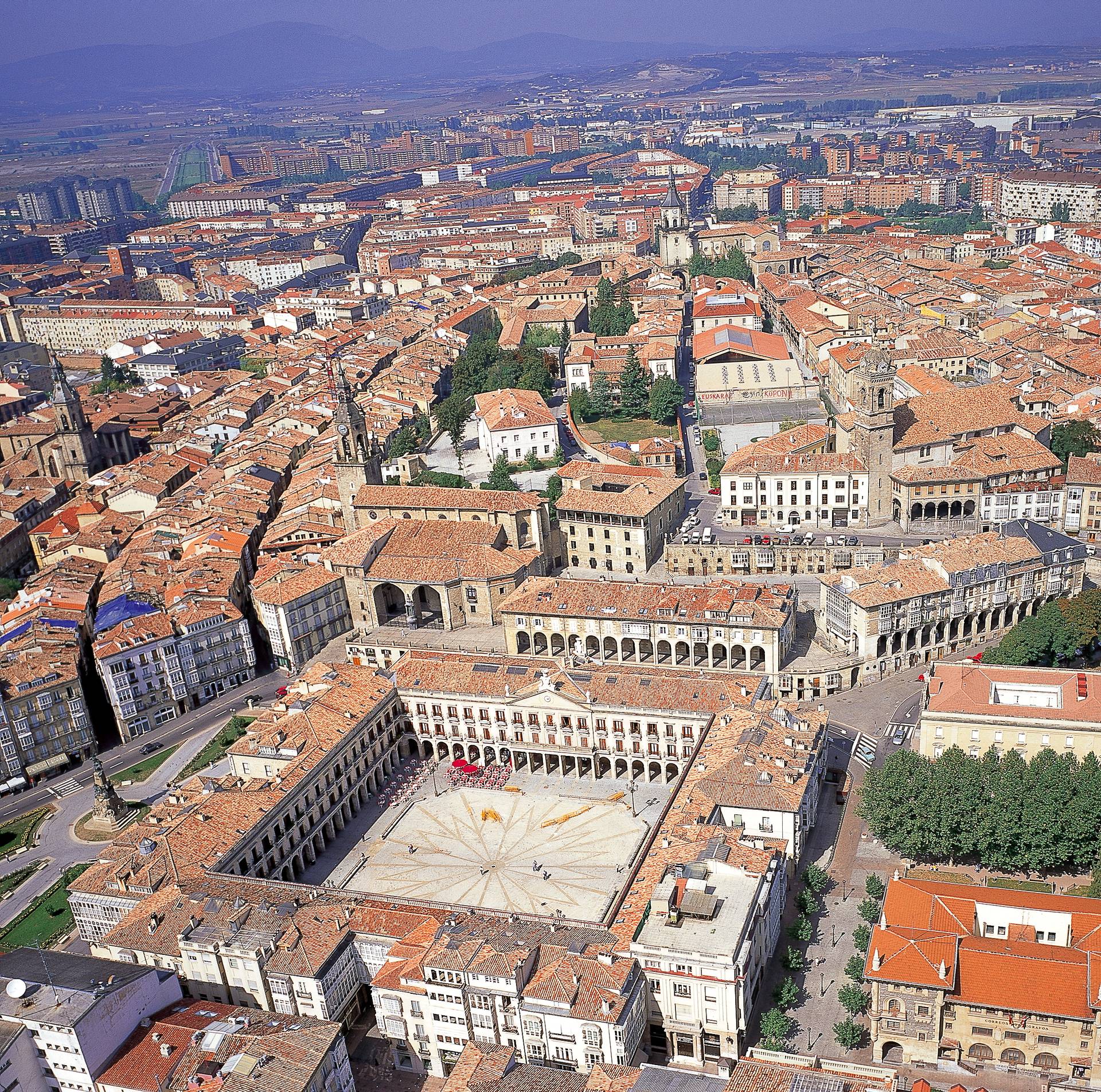The world and Western culture are now a week away from the commemoration of Christmas. Liturgical celebrations, concerts and carols, festive gatherings and gifts, family banquets and flowers, decorations and fine clothing all give expression to the majestic celebration.
Oftentimes, intense work and travel is involved, hoops are jumped through, and sacrifices are made so that people can observe these cultural customs with loved ones. And when intentionally done, they all occur in celebration of the birth of a baby over two thousand years ago.
Why celebrate the birth of a baby? In light of world events, it would seem that such an occasion is a cause for disdain and negligence.
As Western culture legitimizes abortion, accepts the death penalty, and endorses physician-assisted suicide, it would seem that vulnerable life is not worth such a grand observance or worthy of so many cultural customs and their accompanying sacrifices.
As the world watches in complete horror at the abandonment of Aleppo, is there any real credibility for Christmas festivities?
In the face of such raw darkness through the ages, the Christian response has always been to seek light and a path to peace. It is precisely the Child of Bethlehem who is pursued and known by believers to be the light of the world, and it is this weak and needy child, who is both God and Man, who gives a message of peace in the midst of the world’s sufferings.
This is the historical and faith-filled meaning of Christmas and why men and women of good will have always seen in this holy day a cause of great hope and a means of renewal for humanity.
This is the option to abortion, the compassionate response to the death penalty, the kindness in reaction to physician-assisted suicide, and the call to action in outreach to Aleppo.
The Christ Child offers the human family a new message and a compelling mission of love, spiritual power, and self-control.
Addressed by the Second Vatican Council in its Pastoral Constitution Joy and Hope (the title itself significant), the work of Jesus Christ – begun in Bethlehem – is one of salvation from darkness and birth to newness of life:
“Therefore, the council focuses its attention on the world of men, the whole human family along with the sum of those realities in the midst of which it lives… as created and sustained by its Maker’s love, fallen indeed into the bondage of sin, yet emancipated now by Christ, Who was crucified and rose again to break the strangle hold of personified evil, so that the world might be fashioned anew according to God’s design and reach its fulfillment.”
In seeking to understand the cause of humanity’s evil, Christian theology points to the pre-history narrative and symbolic language of the Garden of Eden and the fall from grace by the human family’s first parents.
As a consequence of the disobedience of Adam and Eve to the directive of their Creator to avoid the Tree of the Knowledge of Good and Evil, human nature and all creation with it fell from grace.
Christian theology would summarize this falleness by indicating a disorder toward God, the person to herself, her neighbor, and the created world around her.
In reaction, therefore, humanity created distorted images of God and presented him as an angry, vengeful deity seeking punishment and destruction. Humanity came to fear its Creator and sought to hide from or rebel against him, and the moral law was falsely seen in terms of an external imposition upon the human person and a means of raw divine control.
Consequently, the fallen human mind and heart began to distrust God and notions of absolute truth. It began to doubt concepts such as “truth,” “good” and “beautiful,” and even came to question the human person’s capacity for goodness.
The soul lost its own internal harmony and the mastery it held over the body. And while created good, the human person would now have an inclination toward evil and darkness. The ability to believe and discern moral goodness through the natural light of reason became more difficult and strenuous for humanity.
Human persons were now inclined to their own comfort or interests over those of their neighbors, and humanity saw the world as a means of conquest and profit rather than a home calling for care and stewardship.
The Christ Child serves as a sign of contradiction to these wayward and hurtful inclinations of the fallen human heart, which oftentimes lead to harm and violence. The message of Bethlehem convicts even as it offers healing and restoration.
The mission of Jesus Christ, first given from the crib and ratified by the cross, is to be continued by every Christian believer in every culture and situation, against every evil and in opposition to all darkness.
Pope Francis gives witness to this saving work, as the Apostolic Exhortation The Joy of the Gospel (Evangelii Gaudium) shows humanity the face of God and its own dignity, the Apostolic Exhortation The Joy of Love (Amoris Laetitia) teaches humanity about love for one’s neighbor, and the Encyclical Praise Be To You (Laudato Si) indicts and admonishes the human family on the proper care for the earth.
This is the upside-down, world-changing work of the Christian believer who sees the light of the Christ Child and seeks to spread it for the good of humanity. This is why the world and especially the West needs Christmas, and why the human family would only benefit from its sincere and faithful celebration.















